Patricia Shaw
My work to date has been seeking to promote trustworthiness through fundamental rights protections in European harmonised technical standards concerning AI, in particular JTC21.
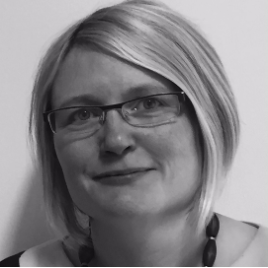
My work to date has been seeking to promote trustworthiness through fundamental rights protections in European harmonised technical standards concerning AI, in particular JTC21.

There is currently no standard addressing the cybersecurity of AI systems. In ISO/IEC JTC1 SC27 WG4 27090 is under development; and I contribute directly to this work.
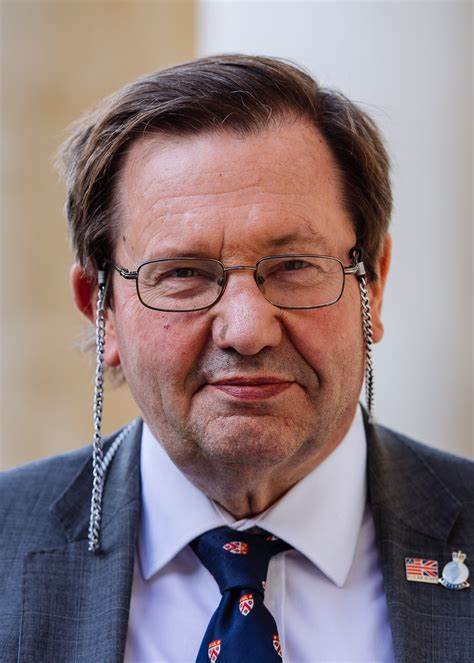
The AI Act is a European regulation promoting the uptake of human-centric and trustworthy AI, while ensuring protection of health, safety, and fundamental rights. Companies can prove conformity with the AI Act by complying with the 10 harmonised standards drafted by CEN-CENELEC. My fellowship contributes to two harmonised standards supporting the AI Act.

Annegrit's priority is the Convenorship of CEN CENELEC JTC21 WG 5, the organisation and project support to work on the AI Act standardisation request for Cybersecurity. This includes a close collaboration with other groups within JTC 21, JTC 13, ISO IEC SC 42 and SC 27 to collect all information of existing and work under development. The main challenge is that JTC 21 and also our WG5 has a diverse structure of experts and knowledge, which makes the work, the effort and efficiency very difficult. In this case, the challenge in addition is the collaboration with other existing standardisation groups within JTC 21 as well as with JTC 13 for Cyber Resilience Act, with ETSI and their view, with ISO IEC SC 27 and SC 42.
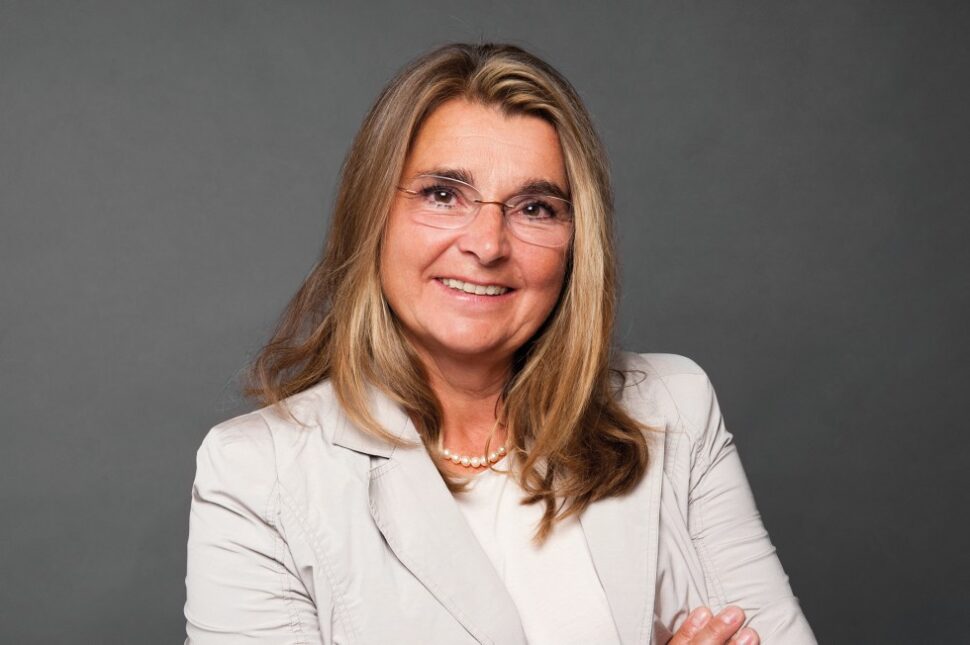
My work aims to develop robust frameworks for the verification of cryptographic protocols within the security of ICT products, services, and processes, thereby enhancing resilience against cyber threats.

Understanding how to work in international standardisation committees is vital, which implies going beyond IT asset management microcosm to deliver more value to related disciplines such as cybersecurity or sustainability.
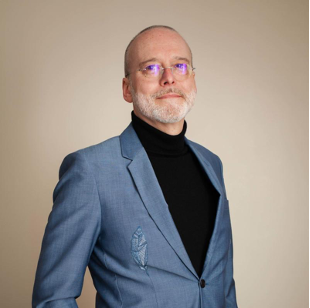
My fellowship tackles the gap related to the insufficient models for achieving analysis-ready geo data.
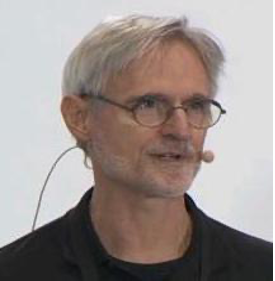
The ongoing contributions to the Biometric System-on-Card related interindustry ISO/IEC standards address the following three key aspects: bridging definition gaps, enhancing clarity and consistency, and prioritising practical applicability.

There is a strong emphasis on safety, accessibility, energy & environment and highly relevant for the future ISO/TC 178 activities are also focusing now to a strong extent on ICT.

The aim of the analysis within ITU is to identify existing gaps and market needs in the area of P2P crowd charging systems. Special focus has been given to smart city vertical areas, as well as technological enablers such as battery ageing mitigation, social information management, standardised prototyping.

The objective of this fellowship is to include European contributions on viable methodologies on semantic interoperability in ISO standards: ISO SC41 IoT and Digital Twin, with a focus on practical use cases in the domains of health/well-being.

This technical report, resulting from my fellowship’s contributions, is an equitable analysis of the relationship between Quantum Key Distribution (QKD) and Post-quantum Cryptography (PQC) technologies. It describes the two technologies' complementary nature and highlights their potential advantages and benefits.
